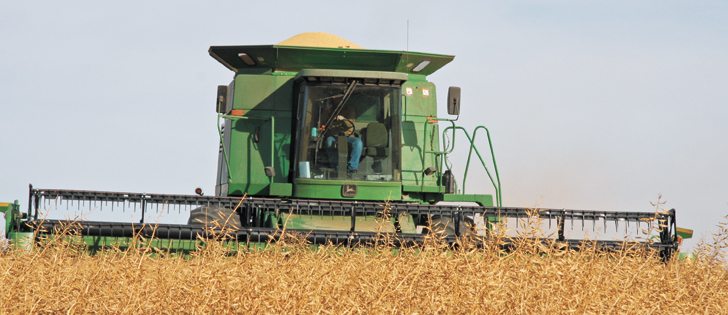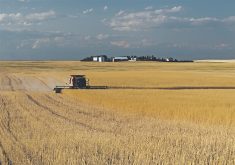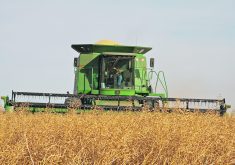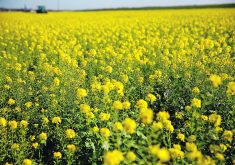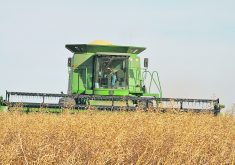Analysts have mixed views on whether the biggest mustard crop since 2004 is going to weigh down prices.
Statistics Canada estimates growers will harvest 250,500 tonnes of the condiment crop, which is 78 percent more than the previous five-year average.
Walter Dyck, seed division manager for Olds Products Co., North America’s second largest mustard manufacturer, doesn’t see that as an oversupply of the crop.
There is no inventory in the system and buyers typically purchase about 12,000 tonnes of Canadian mustard per month starting in September.
Read Also

Europe holds promise for Canadian lentils
Pulse Canada is trying to help boost lentil consumption in Europe, which is already the fourth largest market.
They will need to stock the shelves with enough mustard to last through the 2017 calendar year, which would amount to 192,000 tonnes worth of purchases.
“We’re not going to be in any kind of burdensome situation for stocks,” he said.
Chuck Penner, analyst with LeftField Commodity Research, disagreed.
“There have been periods when the mustard market has been low and gone sideways for like years at a time and this could be setting up for one of those kinds of situations,” he said. “I’m really not too optimistic about the mustard market for this year.”
The U.S., which is the largest buyer of Canadian yellow mustard, has a big crop on the way. European demand has also been lacklustre.
“We have a big increase in production at the same time as demand is looking kind of iffy, so that’s why I’m really not all that optimistic,” he said.
Penner has no problem with Statistics Canada’s estimate. He was forecasting 240,000 tonnes of production.
Dyck isn’t so sure. He is skeptical about Statistics Canada’s seeding estimate of 525,000 acres, a 52 percent increase over 2015.
“I personally did not see the extra acres out there. When we did our contracting program in January we did not see the interest in mustard acres,” he said.
“I certainly did not see half a million acres coming for mustard.”
However, he has no quibble with the agency’s average Saskatchewan yield estimate of 21 bushels per acre, which is well above normal.
Dyck has toured mustard fields across North Dakota, Montana, Saskatchewan and Alberta.
“The crop tour definitely validates the yield. There are some great looking crops out there,” he said.
Spot prices for mustard are down because there are more growers chasing a bid than buyers offering right now, said Dyck.
However, he believes the trade needs to offer “honest prices” throughout the fall and winter months to ensure the crop stays in rotations.
“We’ve lost out already in so many areas where mustard is not grown anymore because the rotation is just not there,” said Dyck.
Mustard spot prices are 30 to 35 cents a pound, which is well below the recent highs.
Penner said the only thing that will keep prices from dropping further is the stubbornness of mustard farmers.
“Farmers will put it in the bin and wait. And so if there is something supportive for the market ,that could be it,” he said.
Dyck said if there was a big increase in acres it was likely all in yellow and oriental types.
“Brown has got some interesting dynamics in place because it has kind of been a bit of a sleeper the last couple of years,” he said.
“That’s the one perhaps to watch.”


